Through Their Eyes: A Testament of Pain and Hope
Discover how the 'Through Their Eyes' exhibition captures both the trauma and resilience of Kfar Aza's residents during a harrowing attack on Simchat Torah. This compelling journey gives visitors a glimpse into their experience while fostering a spirit of hope and recovery.
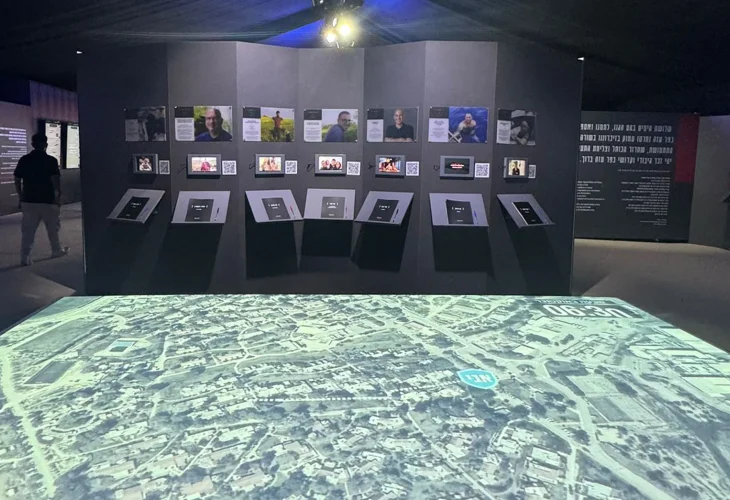
"When you think of an exhibition, you usually envision art pieces, but ours is entirely different," explains Yamit Newman, the curator of a unique exhibition called "Through Their Eyes," which portrays the experiences of Kfar Aza's residents.
In recent days, thousands of visitors have come to see the exhibition at Kibbutz Shefayim, which has hosted Kfar Aza residents for the past year. Visitors are presented with a unique view of what the kibbutz members endured during a shocking surprise attack on Simchat Torah.
"We didn't base the exhibition even slightly on documentation from Hamas or other terrorist groups because it's fundamentally not what we're about," Newman clarifies. "We used only materials from the kibbutz members, and those they authorized as worthy of sharing and remembering."
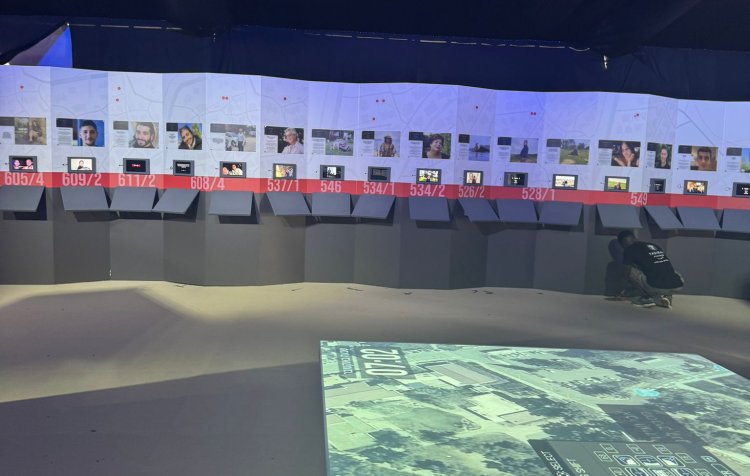
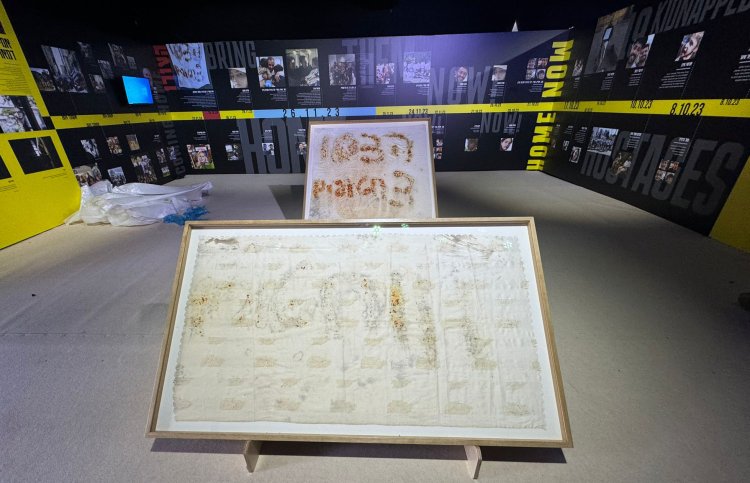

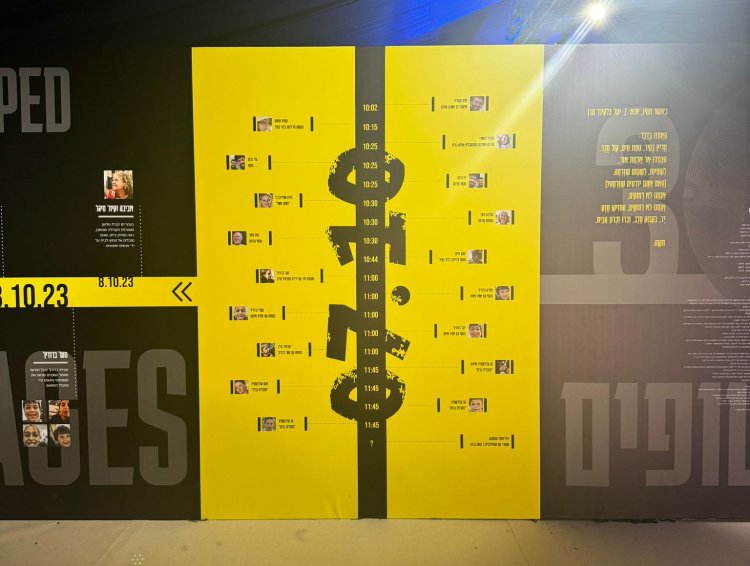
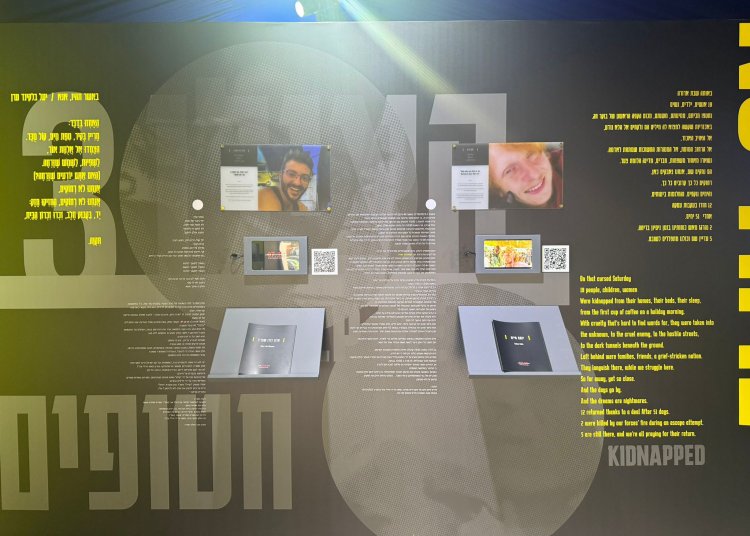
64 Stories, 64 Lives
As Newman discusses the exhibition, her voice quivers. Unlike typical exhibitions where artists aim to display as many works as possible, the residents would have gladly forgone the displays in the rooms. It's not easy to recount what's shown, and it's clear why children under 13 are not allowed in due to the disturbing images.
The exhibition begins in a large hall exhibiting stories of 64 lives lost in Kfar Aza. Their large portraits fill the room—their unforgettable smiles, eyes full of laughter, wrinkled noses, and charming freckles—reminding everyone of better days.
Next to each victim, a short text details how and where they were killed, with the family’s permission and cooperation. Screens throughout the room display images from each victim's life until the day of the tragedy. A hefty book of eulogies, derived from funeral and memorial services, stands at the center. Newman notes this book is particularly moving and unsettling. "Many kibbutz members are familiar with the stories, but they've been told separately until now, and this is the first time they're compiled together," she explains.
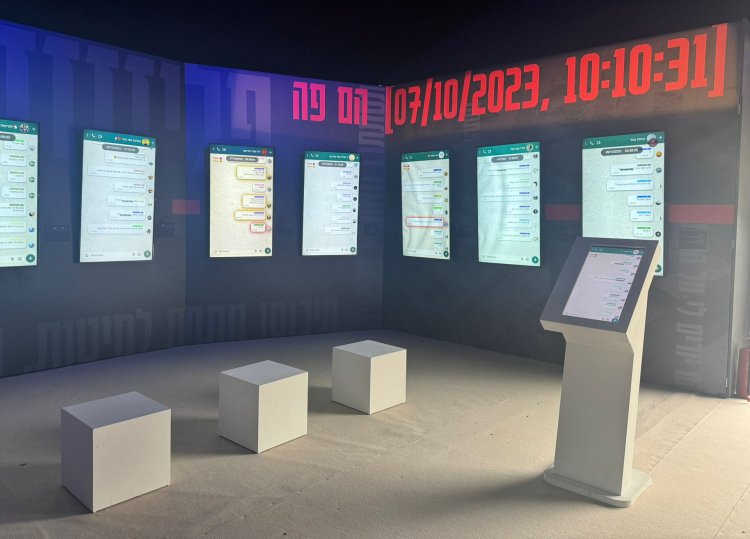
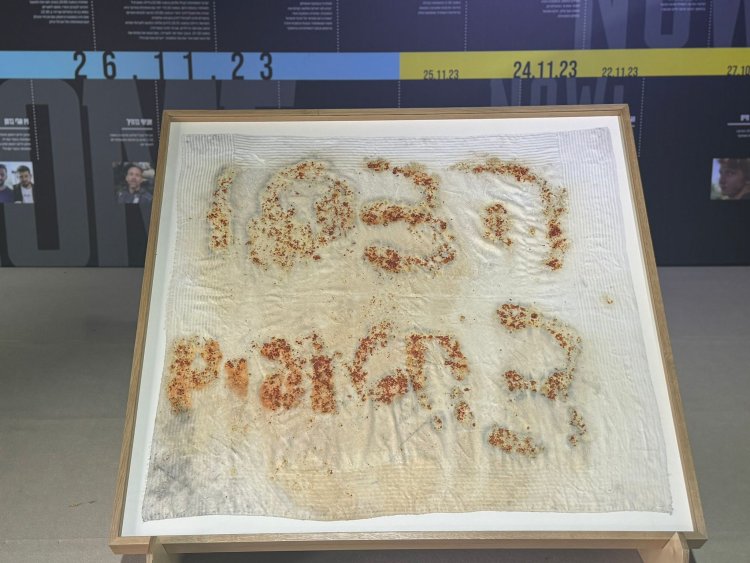
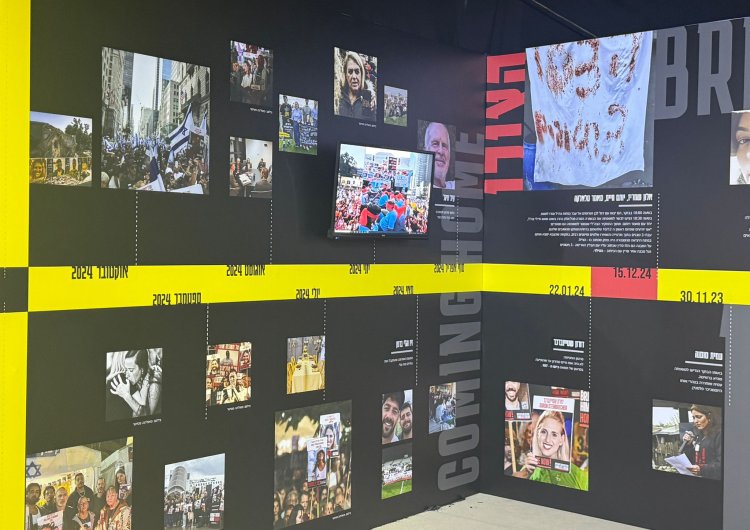

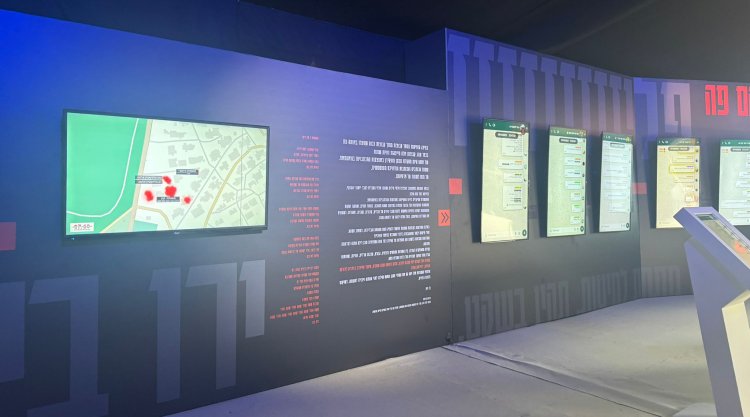
The Heroism of the Response Team
From the room dedicated to the victims, visitors move to another part of the exhibition, showcasing the story of Kfar Aza's rapid response team. "We chose to present the squad's actions through video art projected onto a large table," Newman explains. "This allows people gathered around the table to follow the acts of 15 team members, witnessing their incredible bravery as they fought against hundreds of attackers, where seven members lost their lives."
The extraordinary courage continues in the subsequent display, telling the stories of soldiers who fought in the battle at Kfar Aza. The exhibit includes photos and personal stories of 27 soldiers who died. "Most soldiers featured fell during the Simchat Torah battle," notes Newman, "but some fought in Kfar Aza, survived, and later died in further conflicts in Gaza. We've chosen to honor them in our exhibition, too. Unfortunately, we had to add another soldier just before we opened."
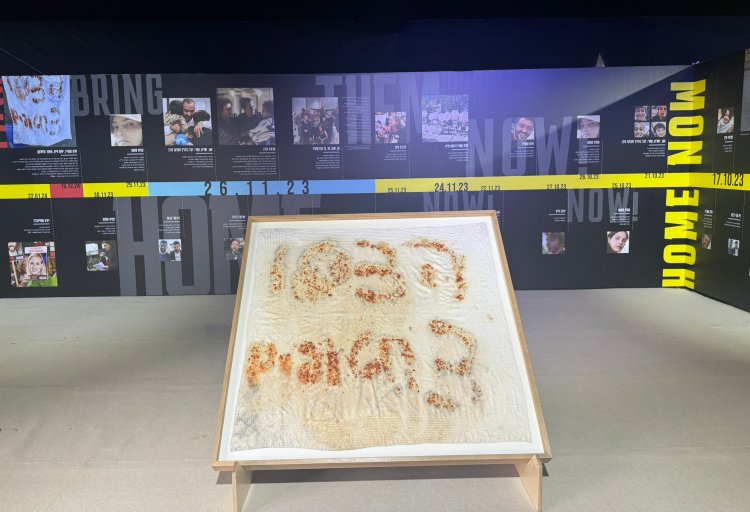

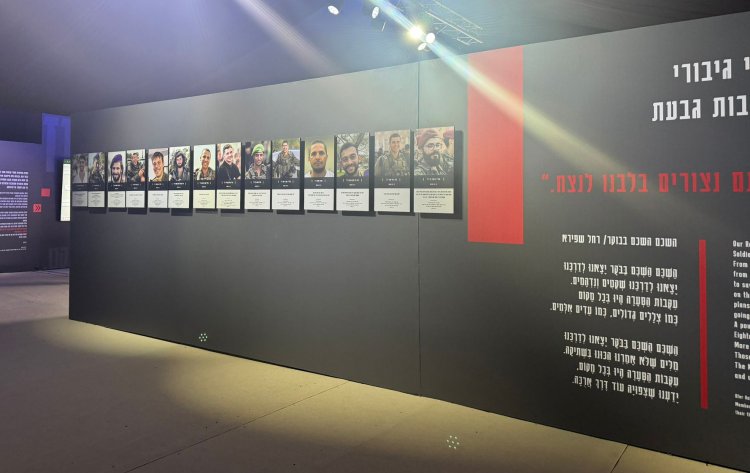
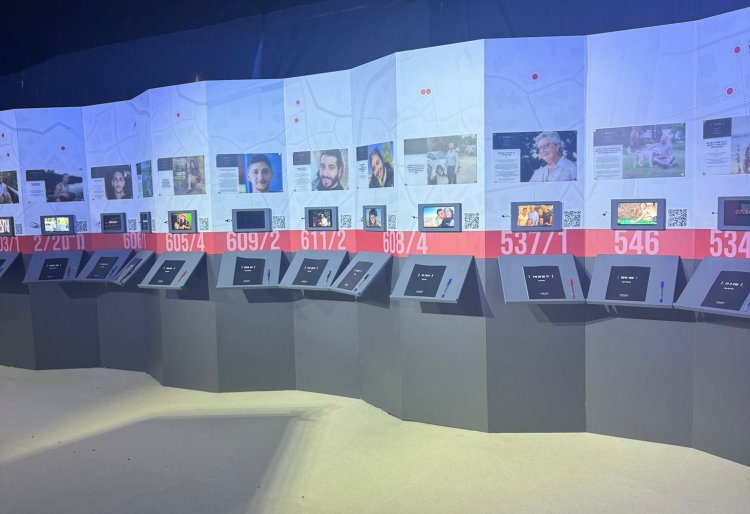
The Final Messages
In the next room, visitors encounter a chilling sight. It displays WhatsApp group messages from those critical, terrible hours on eight large screens.
"It wasn't easy for kibbutz members to expose these messages from that day, as it immediately took them back," says Newman, "but they eventually decided to share the heart-wrenching messages, some containing the last words of victims or those kidnapped, moments before they were taken. Messages of love to their families, with pleas to continue living and caring for their loved ones.
"The communications illustrate an eerie contrast: the morning starts with casual 'good morning' exchanges, transitions into queries about sirens and rumors of infiltrators, culminating in piercing cries and heartbreak. Some groups even have real-time rescue updates. In one group, IDF soldiers joined to communicate with residents, rescuing them from their homes.
"There's a group called 'Second Hand' that, until the attack day, focused on exchanging second-hand items as we all know. However, on the day of the massacre, it became a life-saving message board. Another significant group is the youth group, in which many were killed or kidnapped. The texts there are hard to read, but after long consultations with residents, we decided to share most of them because they carry incredibly important messages for the world to hear and for ourselves."
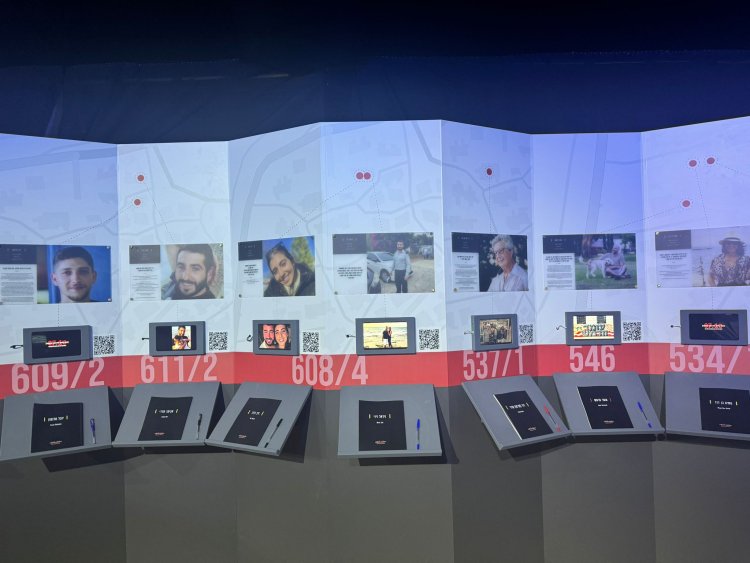
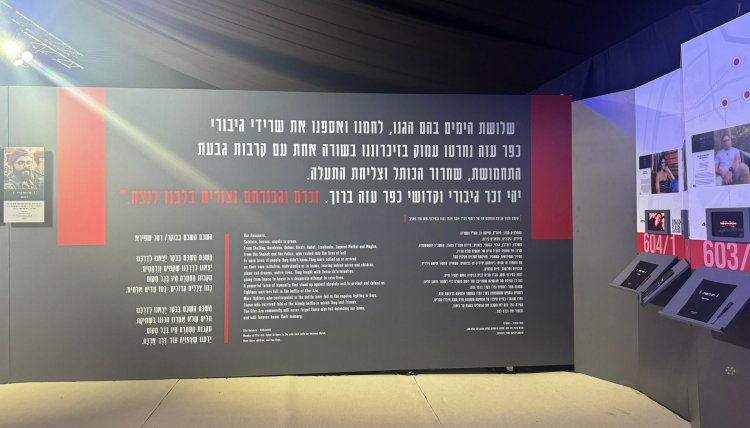
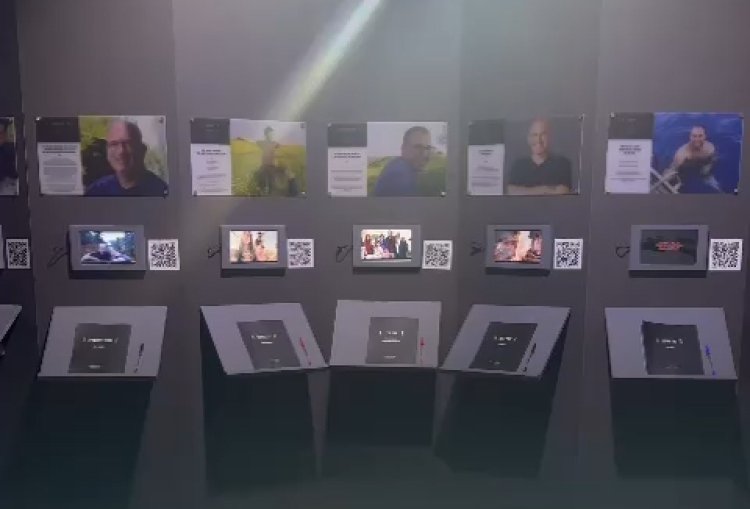
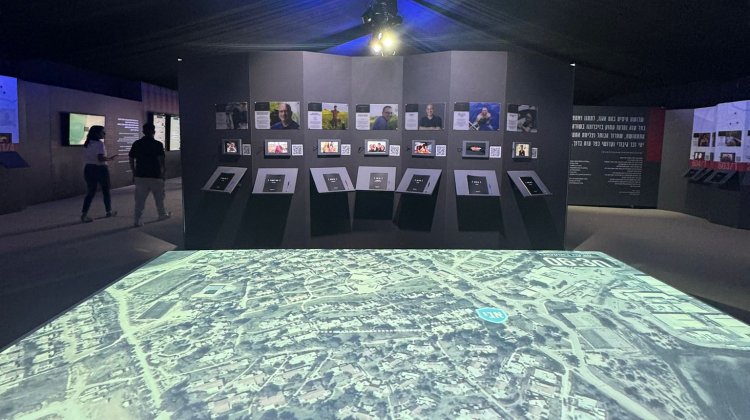
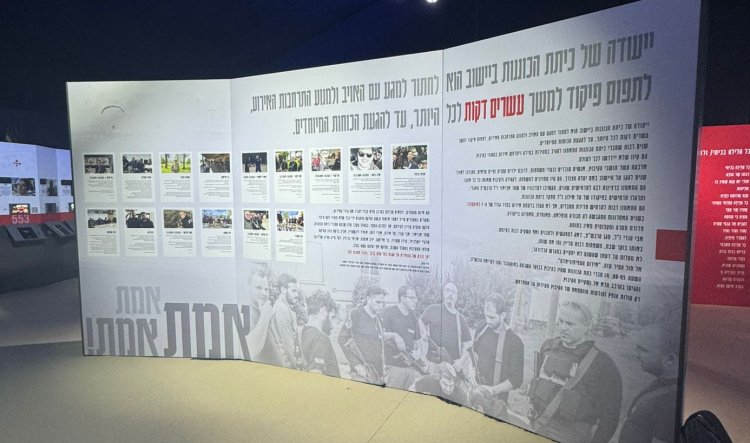
"Help! Three Hostages"
Next, visitors move to the "Hostage Zone," a section with two timelines: one detailing the traumatic hours of the kidnapping and the personal stories of those abducted, and another reflecting what has occurred since, including the fight of the families and stories of those who returned home, including small children. It closes with an account of the five hostages from Kfar Aza still held captive—Emily Damari, twins Ziv and Gali Berman, Doron Steinberger, and Keith Sigal.
In the heart of the hostage zone, the original signs left by Alon Shmariz and Yotam Haim, both Kfar Aza residents who escaped with another hostage, Samar Talalka, are displayed. Sadly, they were mistakenly killed by friendly fire. "We all remember the alarming signs they left in the homes where they hid, inscribed with spices: 'Help! Three hostages!' We received the original signs and showcase them as a chilling documentation," Newman recounts.
Better Days Will Come
The exhibition's conclusion takes place in the cultural center, where visitors emerge to a stark contrast of Kfar Aza life before the Simchat Torah attack. The depiction transitions from homes and children playing, known sights like the strollers and soccer games, to devastating images of destroyed and marked houses, with a legend explaining each mark's meaning. These jarring images mirror the reality in Kfar Aza.
Following this, the cultural center presents documents and videos produced by Castina Productions and Ben Cohen, accurately recounting survivors' stories. Additionally, the poignant tales of the injured, some severely, document their road to recovery.
"We chose to end on a hopeful note," Newman insists, "and we present art objects and creations by Kfar Aza survivors, crafted by their own hands while at Kibbutz Shefayim. They received immense warmth and love, with volunteers from across the nation offering creative and therapeutic workshops. We display these creations to show that despite all that the Kfar Aza community has endured, we believe we will emerge to a better place. Once all hostages return, we can move forward and believe in our recovery."

